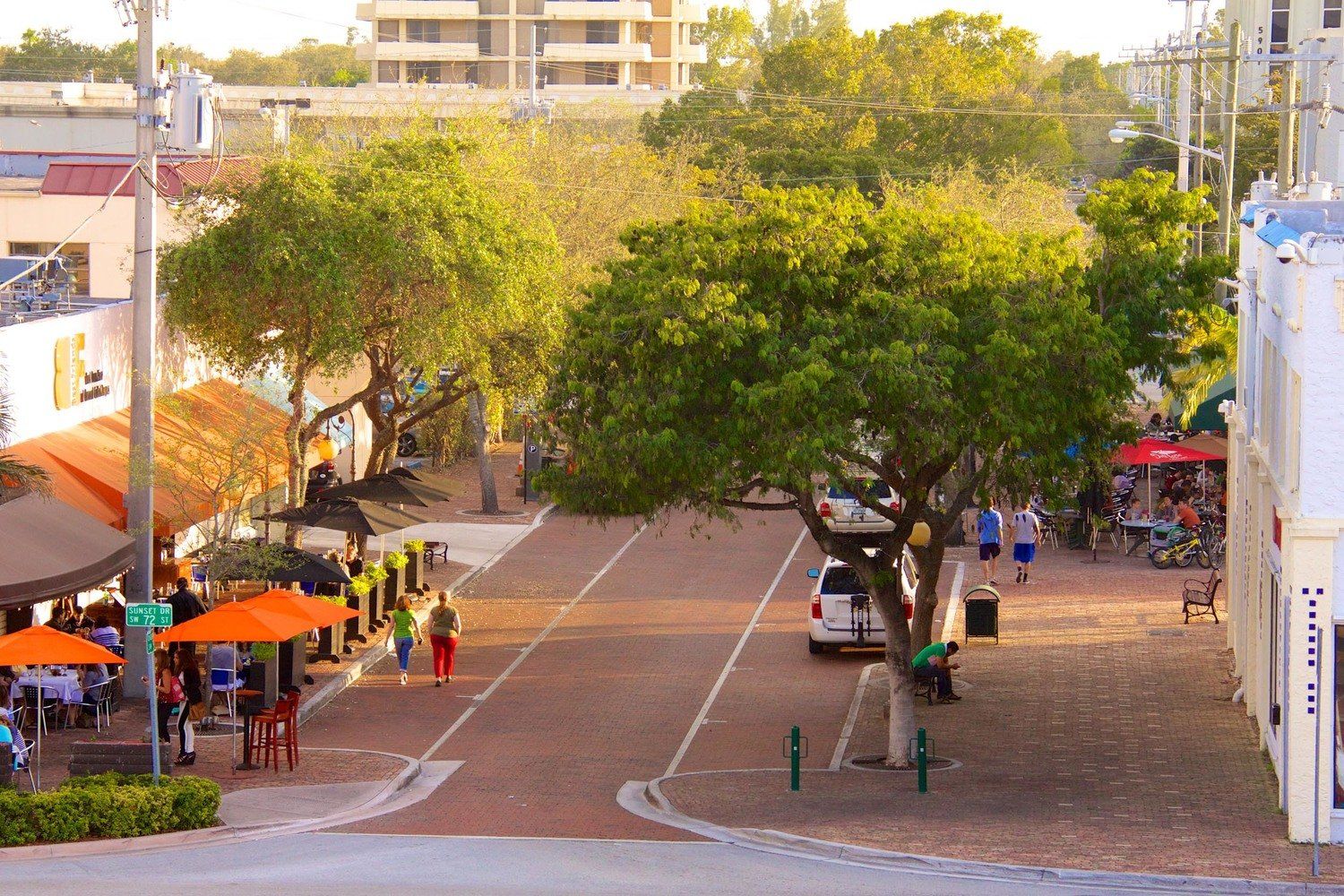COMMONLY SERVICES INSURANCE CLAIMS TYPES MASTER ADJUSTERS SERVICES IN THE CITY OF SOUTH MIAMI:
Hurricane & Wind Damage Insurance Claims in the city ofSouth Miami
Typically a property insurance policy covers direct physical damage from windstorm.
If direct physical damage is obvious, such as entire roofs/walls or portions of roofs/walls blown away, then a coverage determination becomes easy. Then the major concern for the city of South Miami residents...
Roof DamageInsurance Claims in the city ofSouth Miami
Roof Damage
Insurance Claims
in the city of
South Miami
Roof damage claims can be difficult to navigate for many policyholders in large part because roof damage is often difficult to accurately assess. Insurance adjusters at the city of South Miami may incorrectly attribute storm-related roof damage to preexisting factors or routine wear and tear.
MORE
In some cases, roof damage may exist but remain undetected for long periods due to the claim adjuster’s neglect to thoroughly investigate and evaluate the extent of damage. Master Adjusters have been serving the city of South Miami for over 8 years...
Water and Flood DamageInsurance Claims in the city ofSouth Miami
It’s not hard to understand that most people do not understand the affects of water damage or even understand the insurance claim process itself. Simply, because it’s something that you may only go through once in a lifetime. It’s for this reason you should have professionals assisting you at the city of South Miami with such damage. If improperly handled, water can cause significant and costly damages and/or sickness in your home or building. There are different types of water as well as different levels of damage to consider. Master Adjusters have been serving the city of South Miami for over 8 years...
MORE
Fire DamageInsurance Claimsin the city of South Miami
Fire Damage
Insurance Claims
in the city of
South Miami
Fire claims are particularly complex for the insured, and usually expensive for the insurance companies.
MORE
Do not expect the insurance company to be very accommodating. For most fire claims at the city of South Miami , the insurer will thoroughly investigate the circumstances of the fire to prevent fire claim fraud, and take measures to minimize their losses. The days following the fire are crucial for the positive outcome of your insurance claim. Master Adjusters have been serving the city of South Miami for over 8 years...
Mold DamageInsurance Claims in the city ofSouth Miami
In the past, mold damage claims were covered under most property insurance when it resulted from a covered peril, such as a sudden plumbing leak, fire control, storm or other cause covered by your property insurance policy for the city of South Miami residents.
MORE
Concerns have increased due to public awareness and scientific knowledge about mold and its health related hazards. The clean-up, removal and remediation techniques are costly and hazardous to the personnel completing them. In response to the public concerns, insurance carriers are removing such coverage from their policy forms regardless if it results from a covered peril. In some instances, the insurance companies offer a limited coverage for mold/fungus for an additional premium. Master Adjusters have been serving the city of South Miami for over 8 years...
South Miami is a city in Miami-Dade County, Florida, United States, in the Miami metropolitan area. The population was 10,741 at the 2000 census and as of 2017, according to the U.S. Census Bureau was 12,281.[5] South Miami's central business district is directly served by the Miami Metrorail at the South Miami station on Sunset Drive, connecting the suburb to downtown Kendall, Downtown Miami, and the Miami Intermodal Center at Miami International Airport. South Florida had been roamed by Native Americans (Tequesta, Calusa, and Jaega), probably for centuries, before white pioneers advanced through Little Hunting Ground (later known as Miami's Coconut Grove neighborhood) to Big Hunting Ground (now known as the Cutler neighborhood of Palmetto Bay).[6] Wilson Alexander Larkins (1860–1946) was 36 years old when he, his wife (Katie Estelle Burtashaw) and five children, and their livestock arrived in Fort Dallas (now the Lummus Park Historic District of Miami) in 1896. He purchased property west of Red Road and Sunset Drive, where he built a home and barn. He also built the first general store east of that area in 1898 at what is known today as '"Cartagena Plaza" or "Cocoplum Circle"[7] (actually in Coral Gables, Florida), and as the community grew, he established a post office in the community. Larkins became the first Postmaster, a role he held for sixteen years;[8] he named the area Manila, but the majority of the settlers, who began building homes around his store, preferred the name of "Larkins" in his honor.[9] A depot was placed along the Florida East Coast Railway in 1904, and in the same year, John Moses Dowling built the first house within what is now South Miami city limits. His son-in-law opened the first store on the west side of the tracks, called the White Palace Grocery.[9] Other prominent historic families have historic buildings and streets named for them, such as Dorn Avenue (Southwest 59th Avenue) and the Shelley Building, among others.[7] Harold W. Dorn and his brother Robert moved to the area in 1910; their primary interest was growing mango and avocado.[10][11] Mary E. Dorn was the first president of the Cocoplum Thimble Club, the first Women's club in Larkins.[9] In 1925, the Dorn brothers built the Riviera Theatre at 5700 South Dixie Highway; in 1934, Charles T. Fuchs moved his Holsum Bakery from Homestead to South Miami on the land where the Riviera Theatre had been. The first African-American to purchase land in the Larkins area was Marshall Williamson, who moved there from Madison, Florida. He built his home at 6500 SW 60th Avenue and allowed it to be used for church services even before the construction was completed. In 1916, he donated land for the St. John's AME (African Methodist Episcopal) Church, one of Larkins's first churches and the first church in the black community; it is located at 6461 SW 59th Place. Later, Williamson also donated land for the J. R. E. Lee School. Because of his generosity, the black neighborhood became known as Madison Square, after Williamson's hometown. Williamson died in 1972. Named after him is Marshall Williamson Park, at 6125 SW 68 Street.[12][13]
In 1926, area residents wanted to incorporate their area, and because of the booming city to the north of them, they chose the name of "Town of South Miami". The original town boundaries were Red Road on the east, Kendall Drive to the south, Palmetto Road to the west (now Palmetto Expressway), and Bird Road and Miller Drive to the north. The year 1926 also saw the first street lighting and the first incoming class of freshmen at the newly chartered University of Miami campus, which abuts the city of South Miami eastern boundary along Red Road (SW 57th Avenue). Also founded with a university theme that same year was the Cambridge Lawns neighborhood of South Miami, situated just 0.7 miles (1.1 km) from the university campus. The neighborhood's Cambridge Lawns Historic District, some 30 homes in the Tudor Revival and Mediterranean revival style completed in 1928, were granted historic recognition by the City of South Miami in 2005.*
Source:





